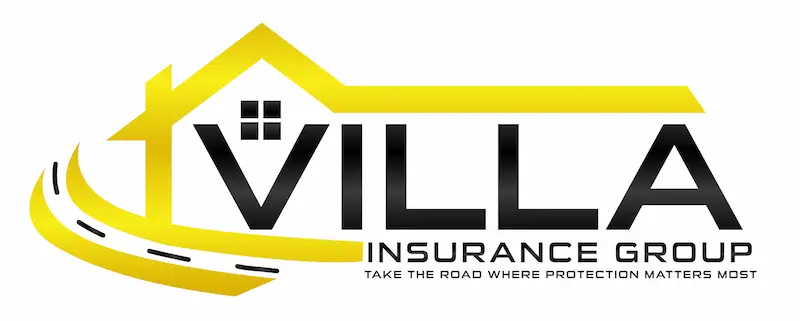Most people do not expect to ever find themselves in the midst of an emergency or disaster. However, these events happen and can be exacerbated when families have not planned ahead for how to communicate with each other.
Members of your household might not be in the same place during an emergency, including:
- Natural catastrophes such as tornados, hurricanes and blizzards
- Workplace violence
- Explosions, whether from bombings or gas leaks
- School shootings.
When these kinds of events occur, people naturally want to know whether their loved ones are safe.
However, communicating with other household members may be complicated by factors such as outages affecting power supplies, internet access and cell phone service. Extreme weather may make transportation inadvisable. Local authorities may even prohibit unnecessary travel.
Without advance planning, the natural response may be anxiety at best, and panic at worst. In the heat of the moment, individuals may take rash actions, placing themselves at risk.
Questions you should be able to answer:
- How will everyone get emergency alerts and warnings?
- How will they communicate with each other if normal communication channels are down?
- How can individuals let others know their condition?
- Where will they meet up and how will they get there?
Plan elements
When putting together your emergency communication plan, it should contain at least the following:
- The names and contact information for individuals outside the area for family members to get in touch with.
- Addresses of locations in the area for the family to gather.
- Names, addresses and contact information for all family workplaces.
- Names, addresses and contact information for all schools.
- Names and important information for all family members, including dates of birth, Social Security numbers and vital medical information.
- Contacts for all family medical providers, including physicians, dentists, pharmacies, veterinarians and specialists.
- The names and phone numbers of health, auto and homeowner’s or renter’s insurance companies, and policy numbers.
Family members should plan to report where they are, their condition and whether they can travel. If you have pets, the report should include their location, condition and who has custody of them.
The Federal Emergency Management Agency has developed emergency planning templates. The one for parents contains self-explanatory fields for entering vital information.
The one for children, in addition to having fewer fields for the most basic information, has spaces for drawing maps that show emergency gathering locations and all exits in the home for use during fire emergencies.
FEMA also has a wallet-sized template. Every member of the household should have copies of the plan, which they can keep for storage in wallets, purses, backpacks and glove compartments.
Your family may never need to use the emergency communications plan. However, having one on hand can make dealing with an emergency easier for everyone by reducing stress and worry.
If you need more tips, feel free to call us. We are a local insurance independent agent protecting all aspects of your life, from your business to your autos and home, we have you covered! The benefit of choosing an independent agent like us means options. We have relationships with many top rated carriers to give you the auto insurance coverage you need that fits your budget. Don’t wait, call us today at (425) 771-9000 or visit our Quotes Online and start saving money.
